Is Your Pool Ready for the Next Storm? How to Prevent the pool to Overflow
Pool Overflows After Heavy Rain and How to Lower Your Pool's Water Level
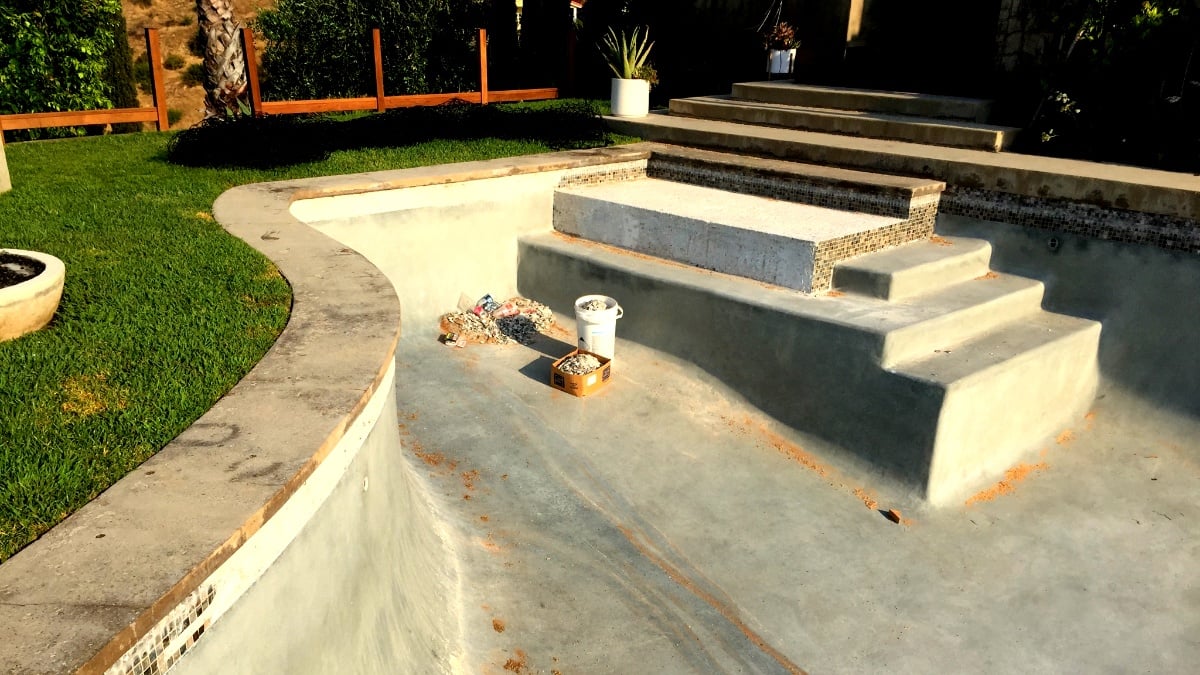
You’ve spent several years enjoying your concrete pool, but after seeing small signs of wear and tear on the surface, you might start thinking about renovations.
How can you know for sure if a renovation is necessary? After all, they could be costly and time-consuming, and you could be hesitant to begin the process if you don’t have to.
However, by not knowing the small signs, such as surface cracks and discoloration, that could hint at a renovation, the quality of your pool will be compromised and there could be possible safety concerns as well.
At J Designs Pool and Spa, we have had 14 years of renovating pools and letting our clients know the warning signs so they can be proactive about keeping their pools at their healthiest. Healthiest in terms of looks and quality.
By the time you finish this article you will know the definite signs that your pool needs to be renovated (both visible and invisible), what can happen if you don’t renovate your pool, the cost of a renovation, what time of year it’s best for renovations, and the general lifespan of a healthy pool.
This is all to make sure that you’re fully prepared when the time comes that you feel your pool needs renovation.
Let’s begin!
We know that our clients are not pool technicians or pool builders, and being asked to look out for signs that your pool needs a renovation might seem like a tall order.
But when it comes to pool renovation there are signs that you, as the homeowner, can visibly see and point out.
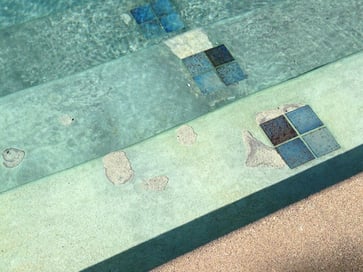
A visual evaluation of your pool should be done to spot any of these small signs and determine if a renovation is needed, what is the best route and what items need to be specifically addressed.
Also know, other signs might evade your eyes and might require a deeper investigation by a professional.
These are signs that you can not only see but feel by the touch of your feet and hands when you’re inside the pool.
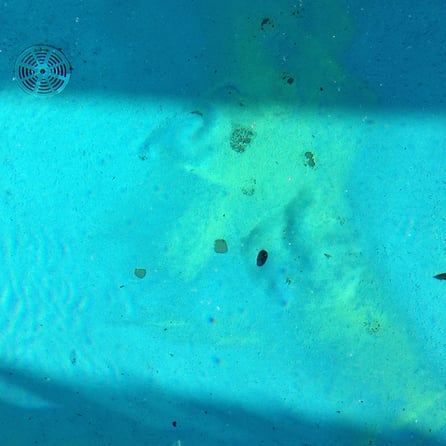
A lot of the signs that you cannot see comes from a pool lacking the proper hydraulic design.
When it comes to pricing, the investment to renovate a pool can range from $15,000 - $50,000. It depends on the scale of the renovation that needs to be done, whether it’s low or medium to a full renovation.
The factors in this cost would include renovating functional aspects such as resurfacing the plaster, updating old plumbing, replacing lights, or replacing waterline tile.
Just know that these prices are for a functional renovation of your pool and do not cover any purely aesthetic renovations such as added water features, resizing, and renewing the hardscape.
If you see something is wrong with your pool, but hold off putting in the time and effort to have it fixed, you could be facing bigger issues later on.
If one of our teeth hurts because of a cavity, we all know the trouble we’d be in if we put off going to the dentist.
The same rule applies to pools.
For one, by not taking the necessary steps to renovate your pool when it’s needed, you could devalue your pool and your property. A fresh and clean pool not only adds beauty to your backyard but is inviting to prospective buyers of your property if you decide to sell.
Not maintaining your pool could render it unusable and in extreme cases might even result in it having to be taken out, which could take more time, and money and cause more frustration.
One of the biggest consequences of not renovating your pool is a lack of safety, especially when it comes to broken drain covers or outdated single drains. Not replacing them could result in heavy suction which could cause serious harm.
By the manufacturer and by law, the drains have to be replaced after a certain amount of time.
Possible electric shock from broken lights, electric equipment, switches, and connections could also present a danger.
So, if you notice signs of damage to your pool, taking action early on could prevent any harm to you, your pool, and others.
It’s always a good time for pool renovations if it’s necessary.
You buy pumpkin spice lattes in the fall, wrap presents for Christmas, and hide eggs for Easter. It seems that everything has its season. But for pool renovations, any time is a good time.
Waiting too long could cost you more money because the scale of the repairs might have grown over time. The longer you address an issue with your pool, the bigger the problem becomes, and the harder it is to fix it later.
If you’re looking for a time when there’s less traffic, a lot of contractors find that in winter time homeowners are not using their pools as frequently. So renovations are easier to undertake and go a lot faster.
But if your pool needs a functional renovation to fix an issue, better to do it right away. Especially if you want your pool in its best shape for summer.
An inground concrete pool that is kept healthy with regular maintenance and renovated when needed can last 25-50 years.
The lifespan also depends on the quality of the pool (concrete, steel, etc.) and what climate conditions/locations they are in.
When looking to have your pool renovated, there are essentially three parts that it could be broken down into:
As long as these three issues are addressed with your pool renovation, you are guaranteed to stay on top of any issues that could arise in the future.
Now you know the definite signs that your pool needs to be renovated (both visible and invisible), what can happen if you don’t renovate your pool, the cost of a renovation, what time of year it’s best for renovations, and what the lifespan is of a healthy pool.
Now you have the tools that you need to confidently start with your pool renovation.
At J Designs Pool and Spa we have 14 years helping our clients renovate their pools and giving them up-to-date tips. That way they know exactly what signs to look out for and what to expect.
Please remember to not assume that if you don’t see any visible damage that there doesn’t need to be any renovations made. A lot of times there are things in the pool that you can’t see without draining it and having it inspected.
Having an inspection by a professional before any renovation is significant.
If you are ready to talk about your pool renovation, contact us and schedule a consultation.
Still want to learn more about concrete pools, but don’t want to speak with a team member yet? No problem! Check out these related articles for more information:
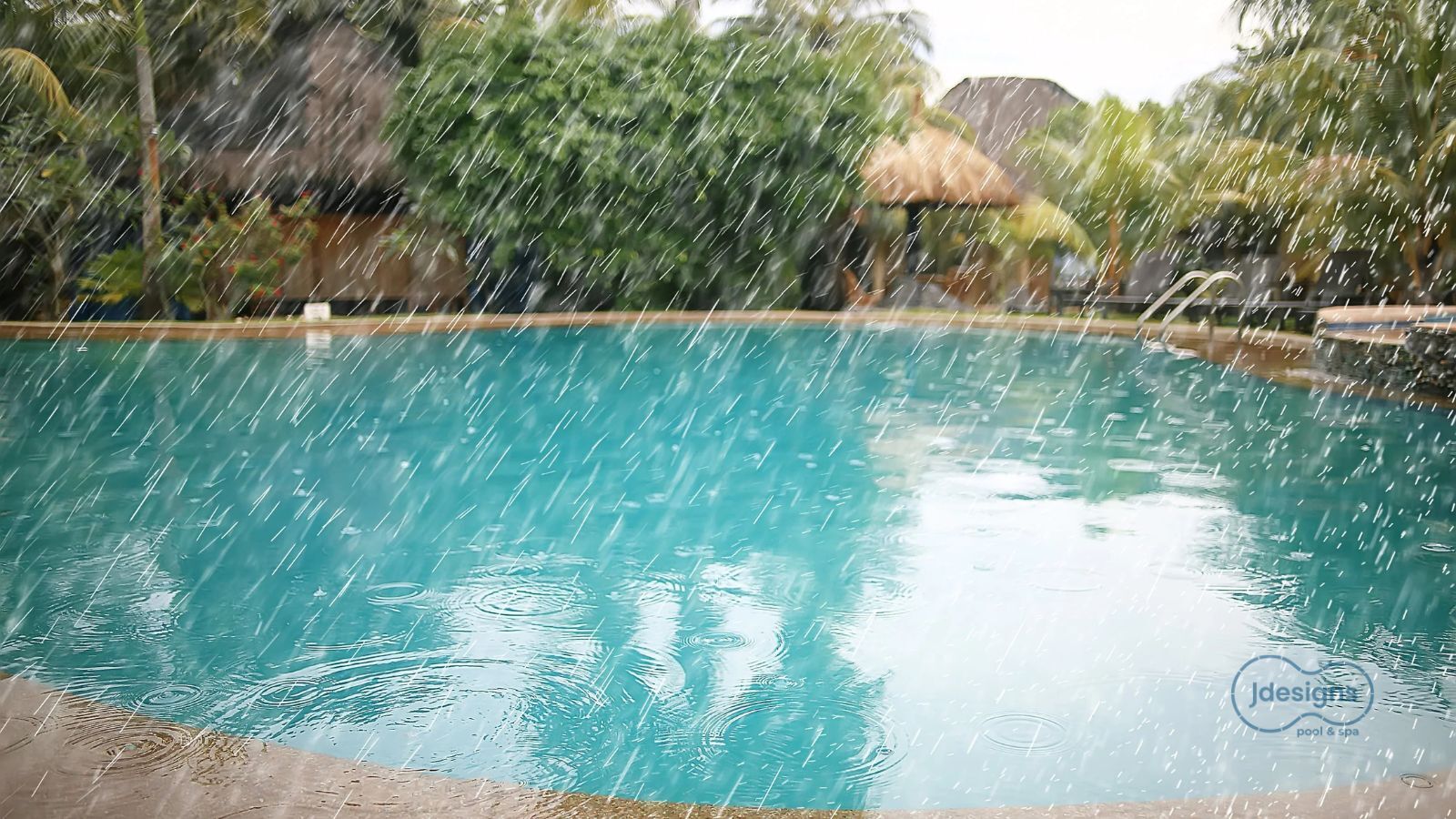
Pool Overflows After Heavy Rain and How to Lower Your Pool's Water Level
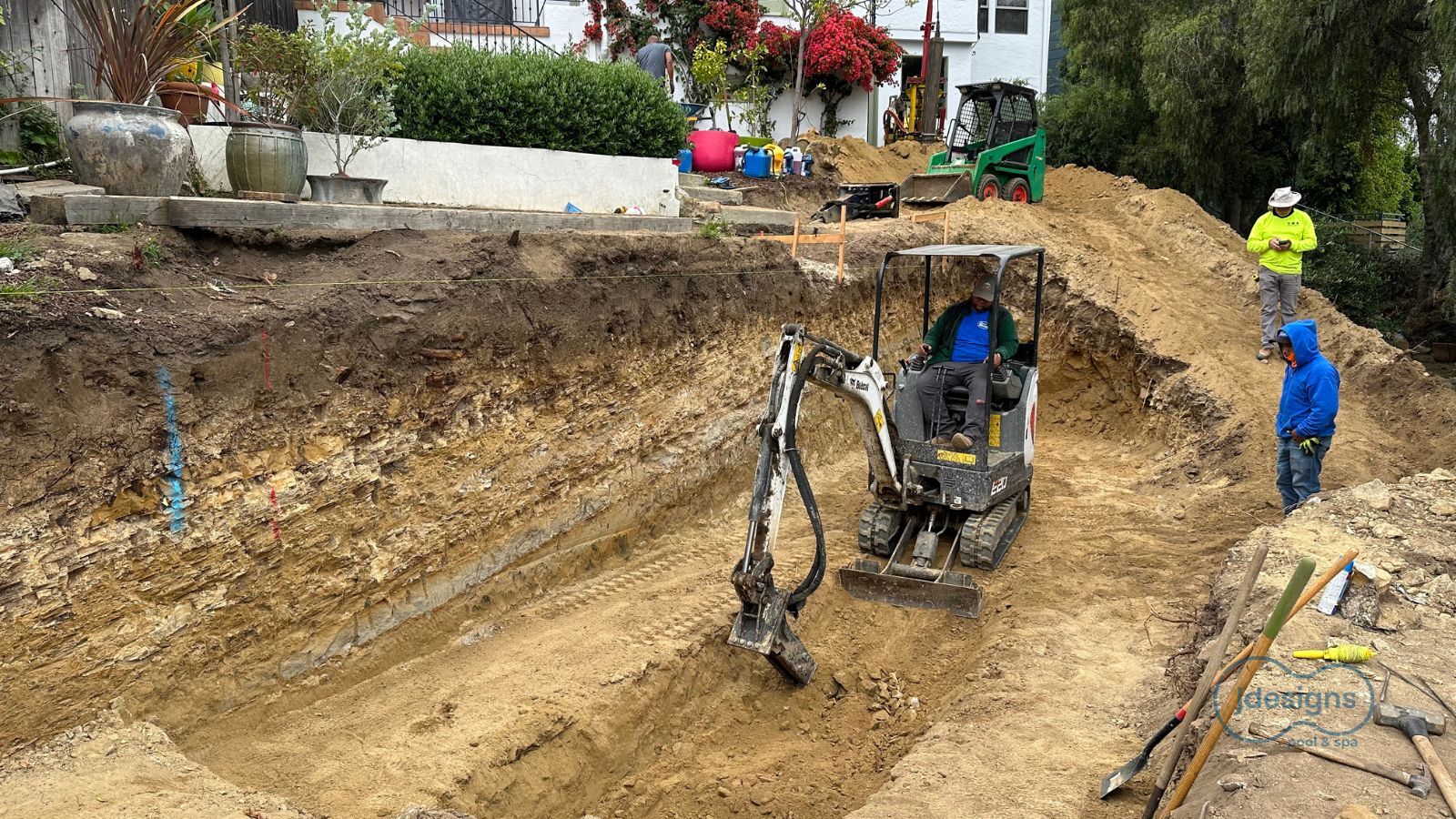
The Hidden Soil Risks That Can Destroy Your Pool and Budget Why a Proper Soils Exploration Is Critical Before Building a Pool: A homeowner’s guide to...

Why Pool Coping Fails - How to Avoid Expensive Repairs If you’re planning a new pool or renovating an older one, it’s completely normal to feel...